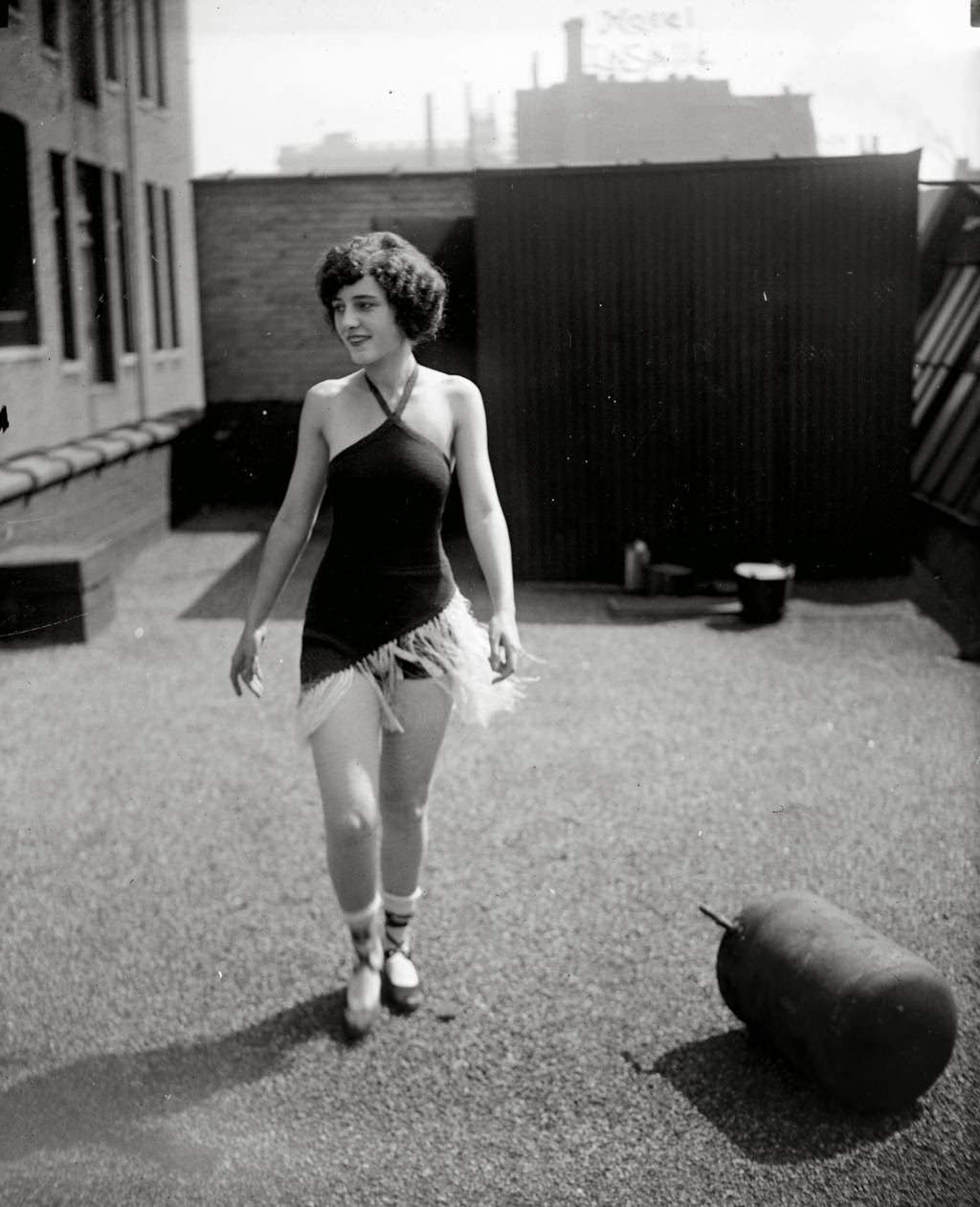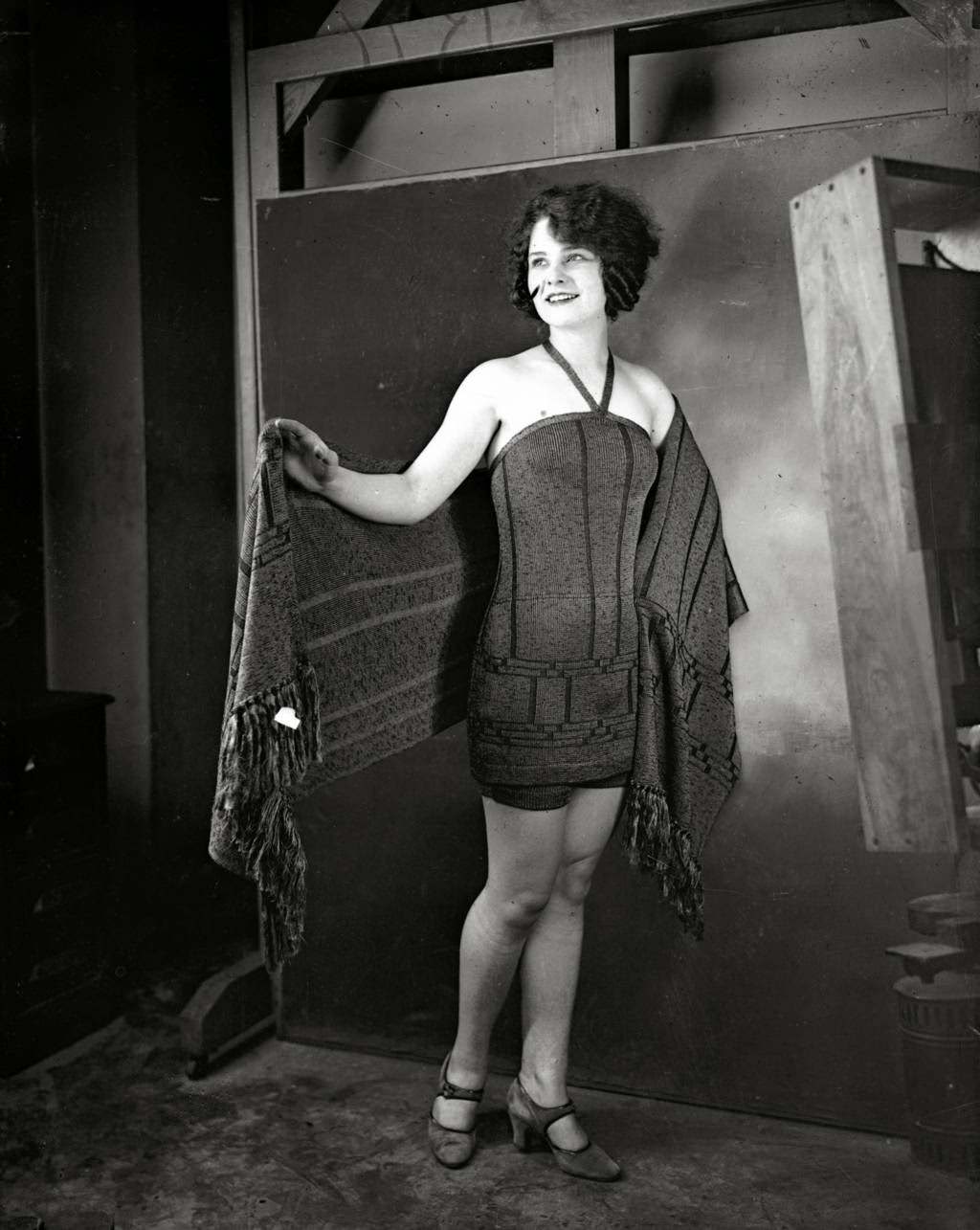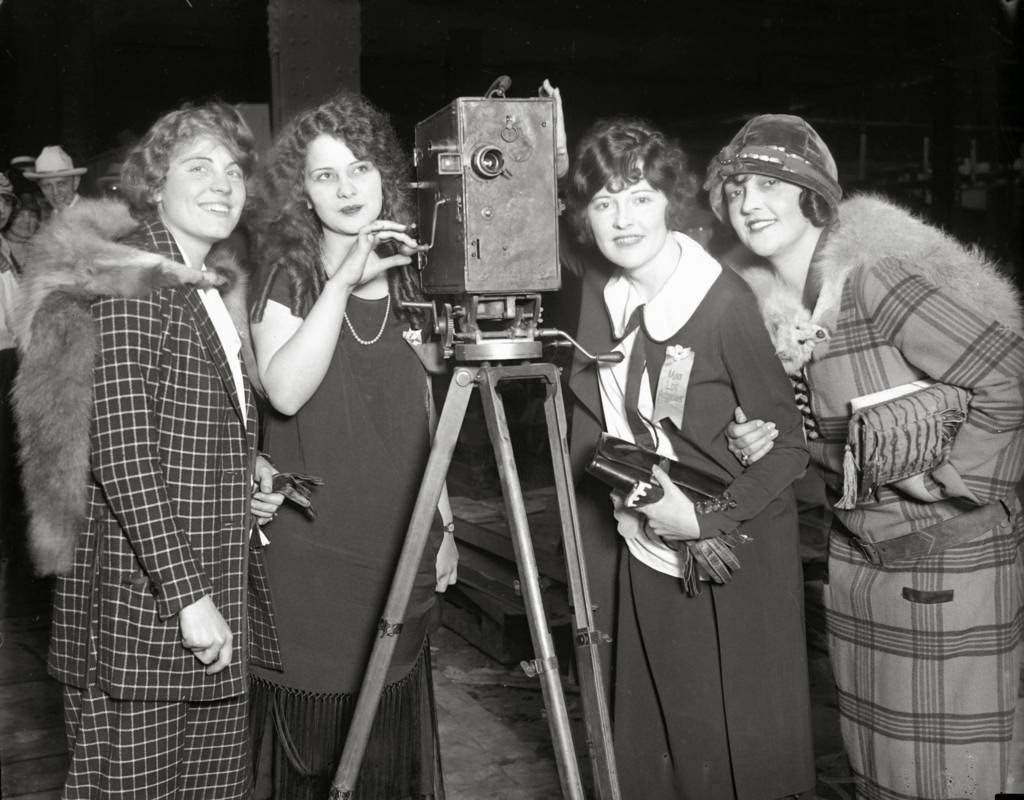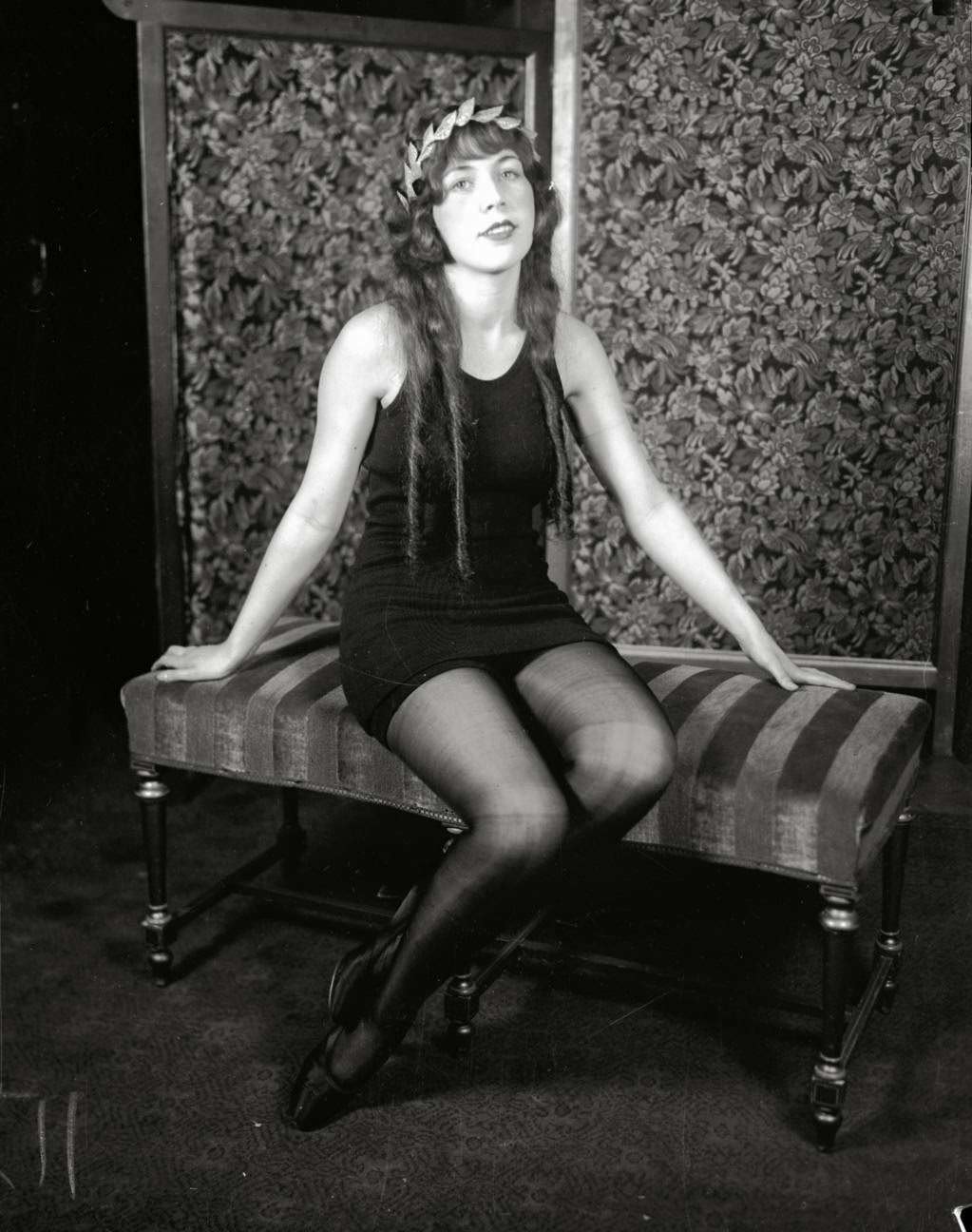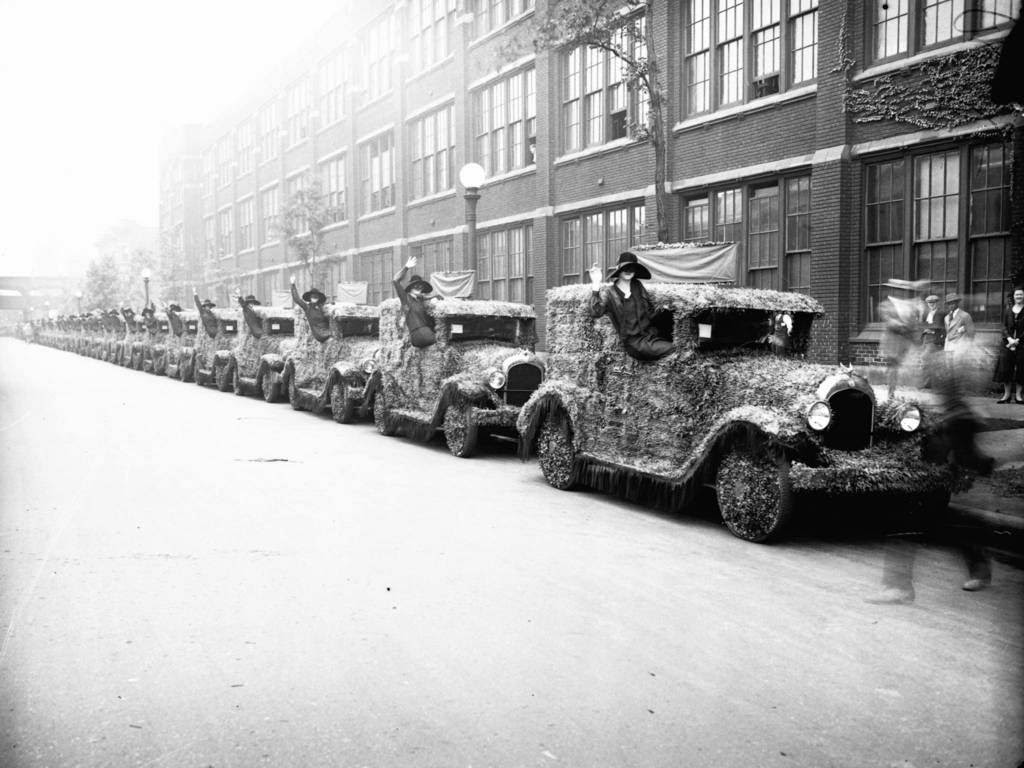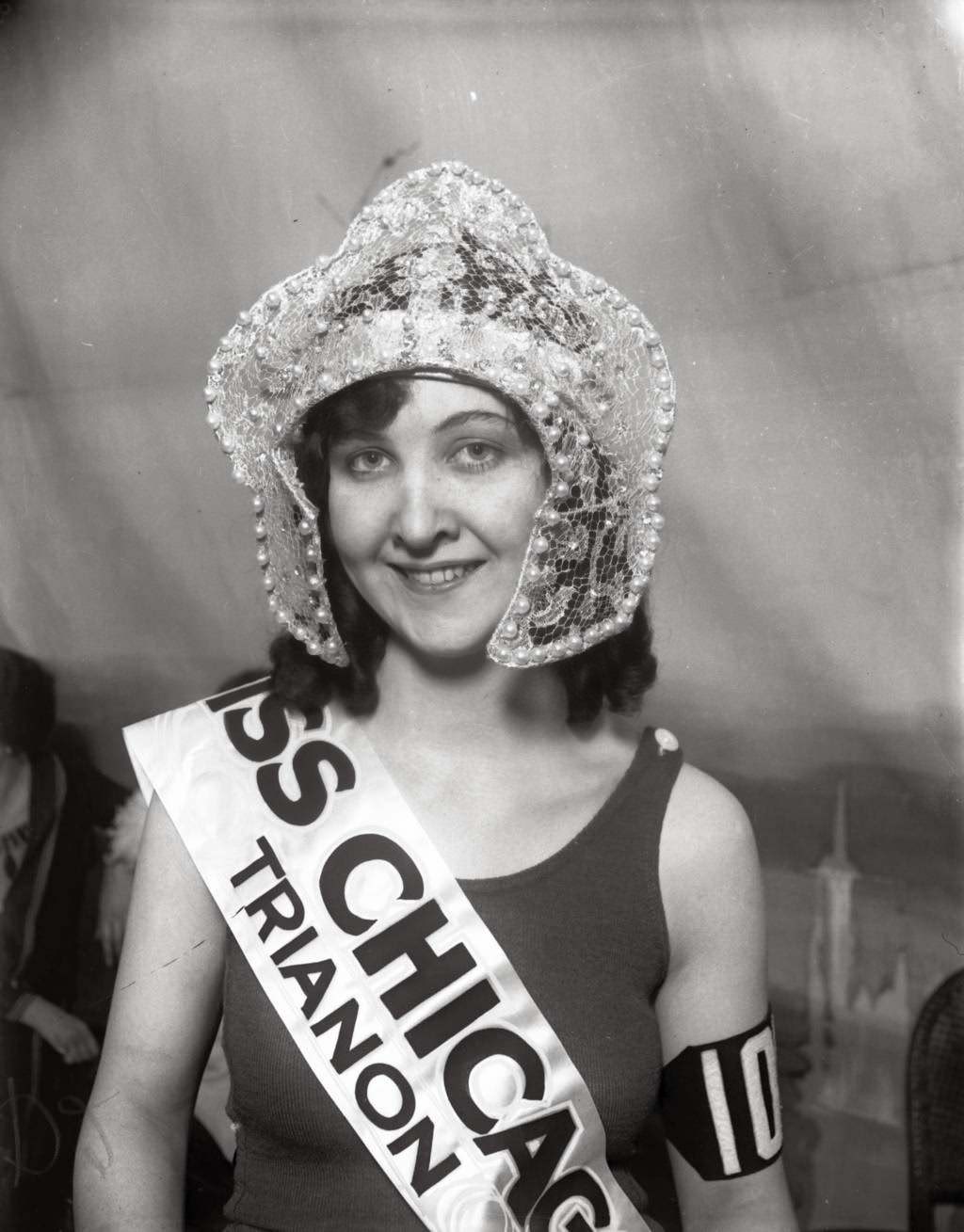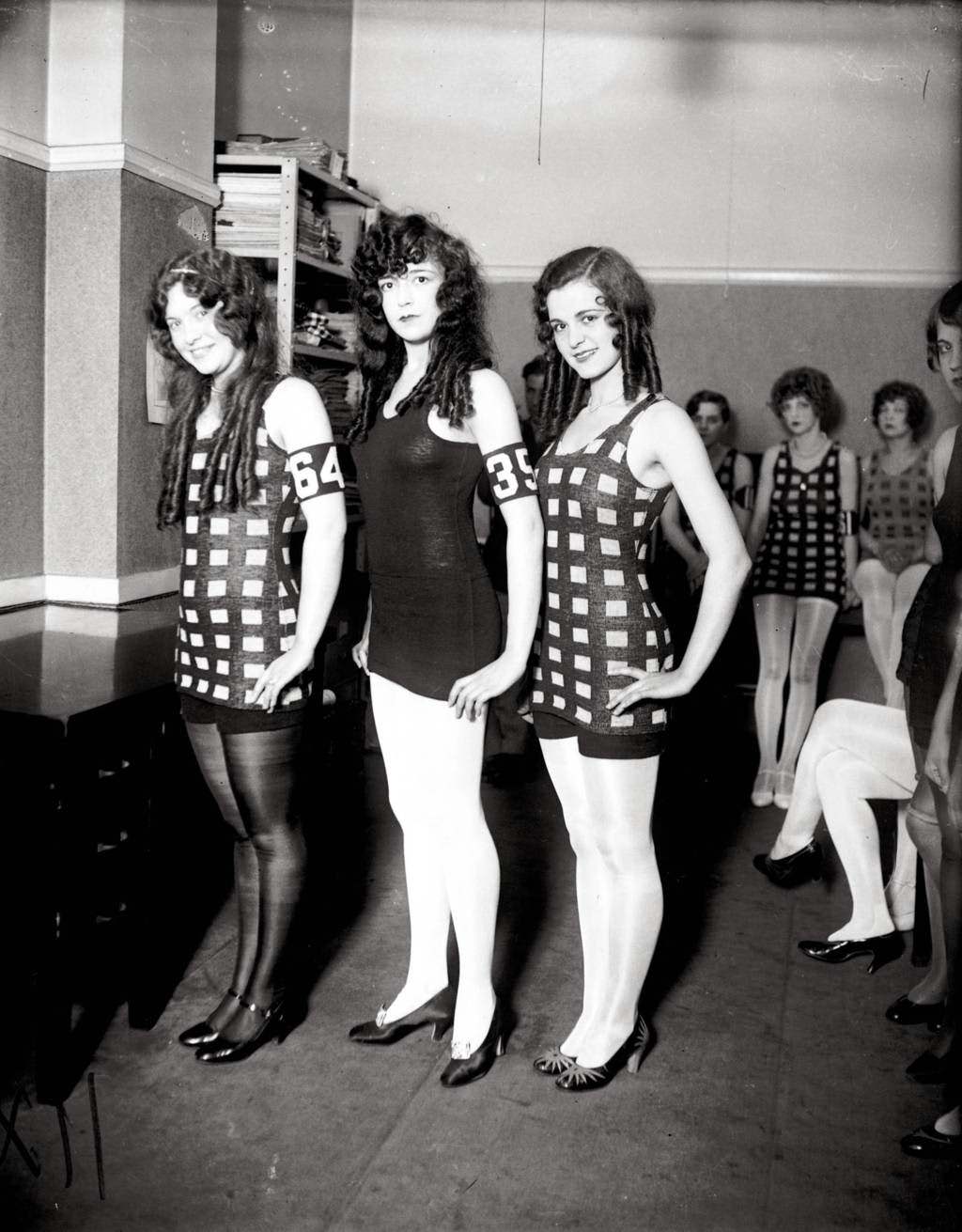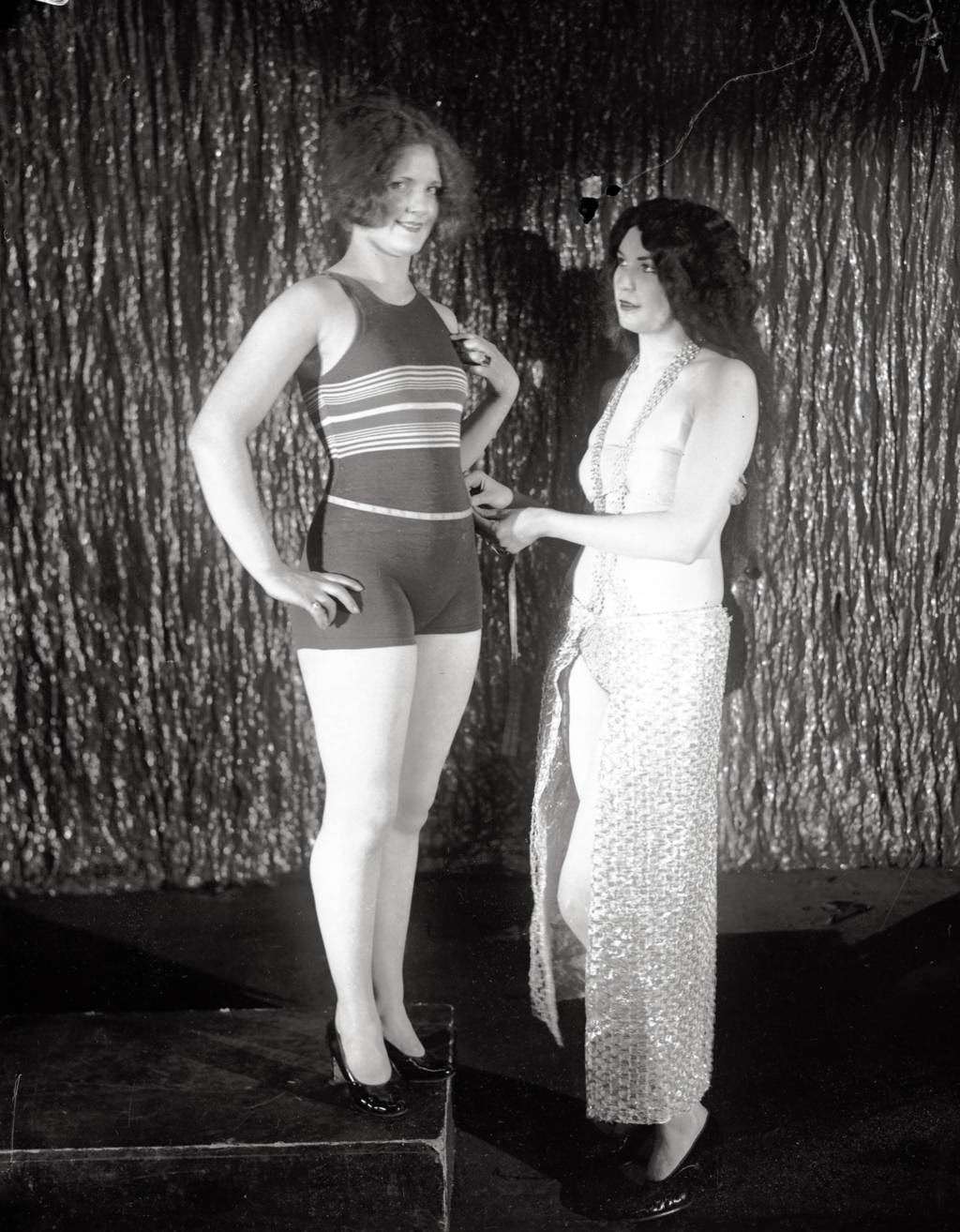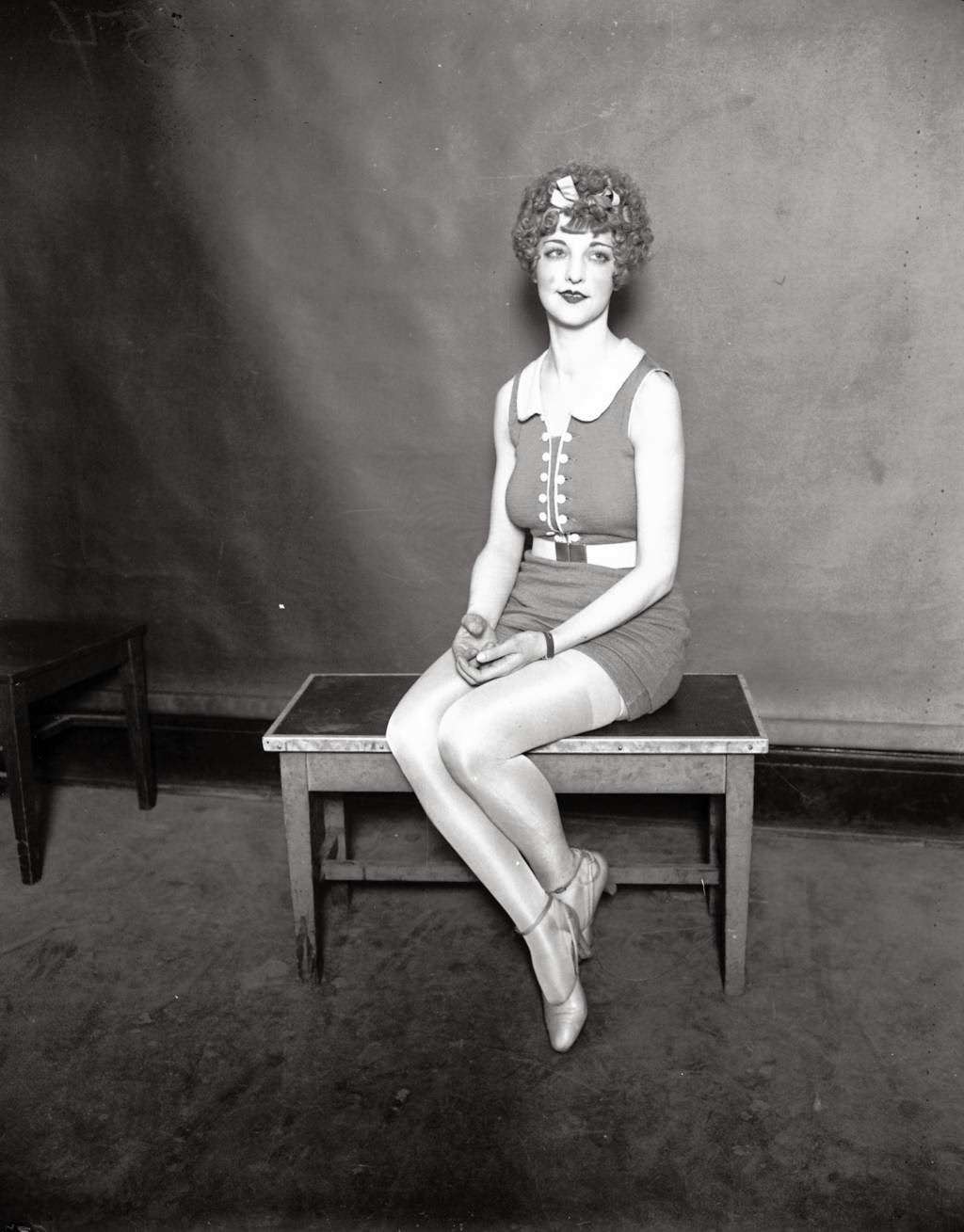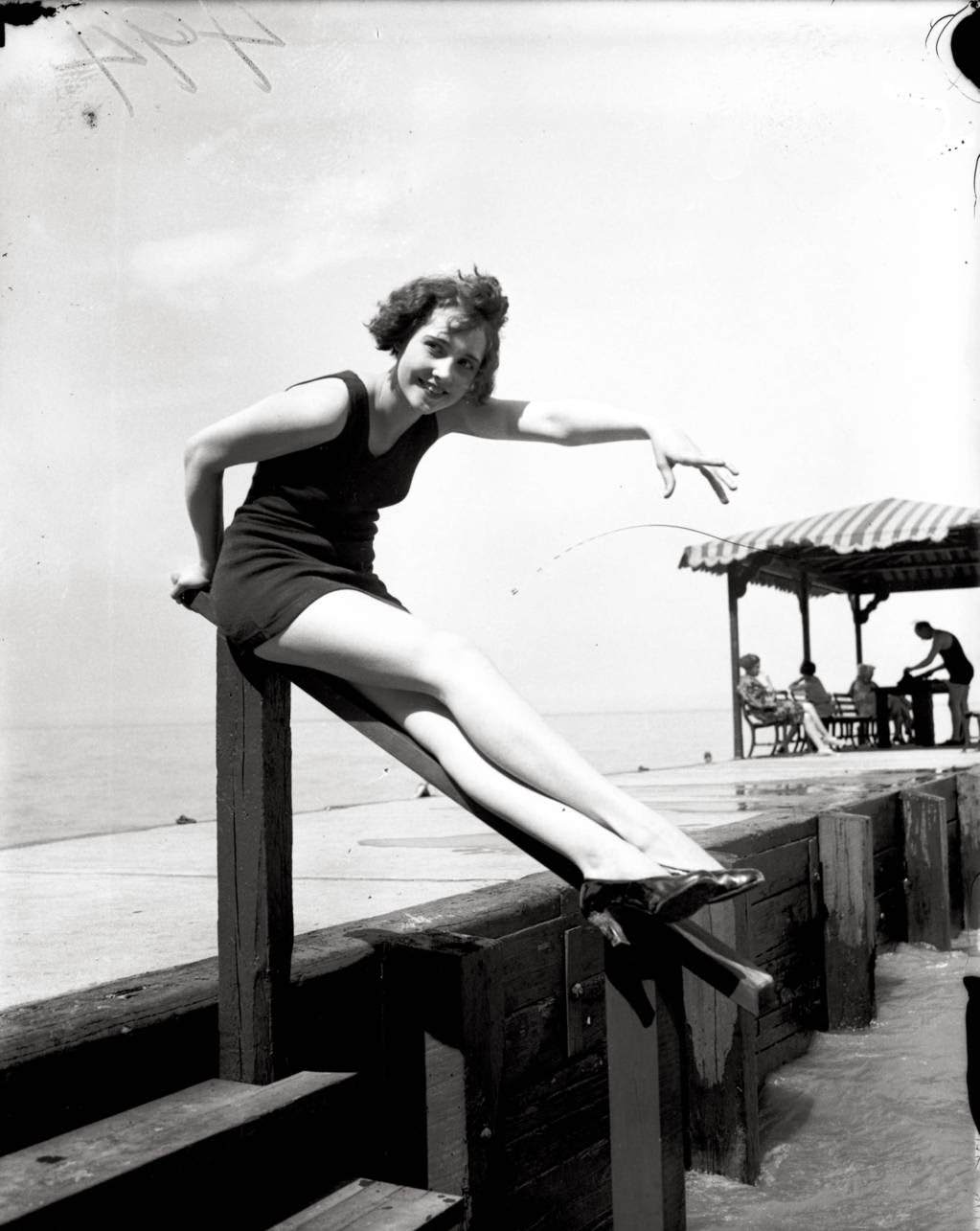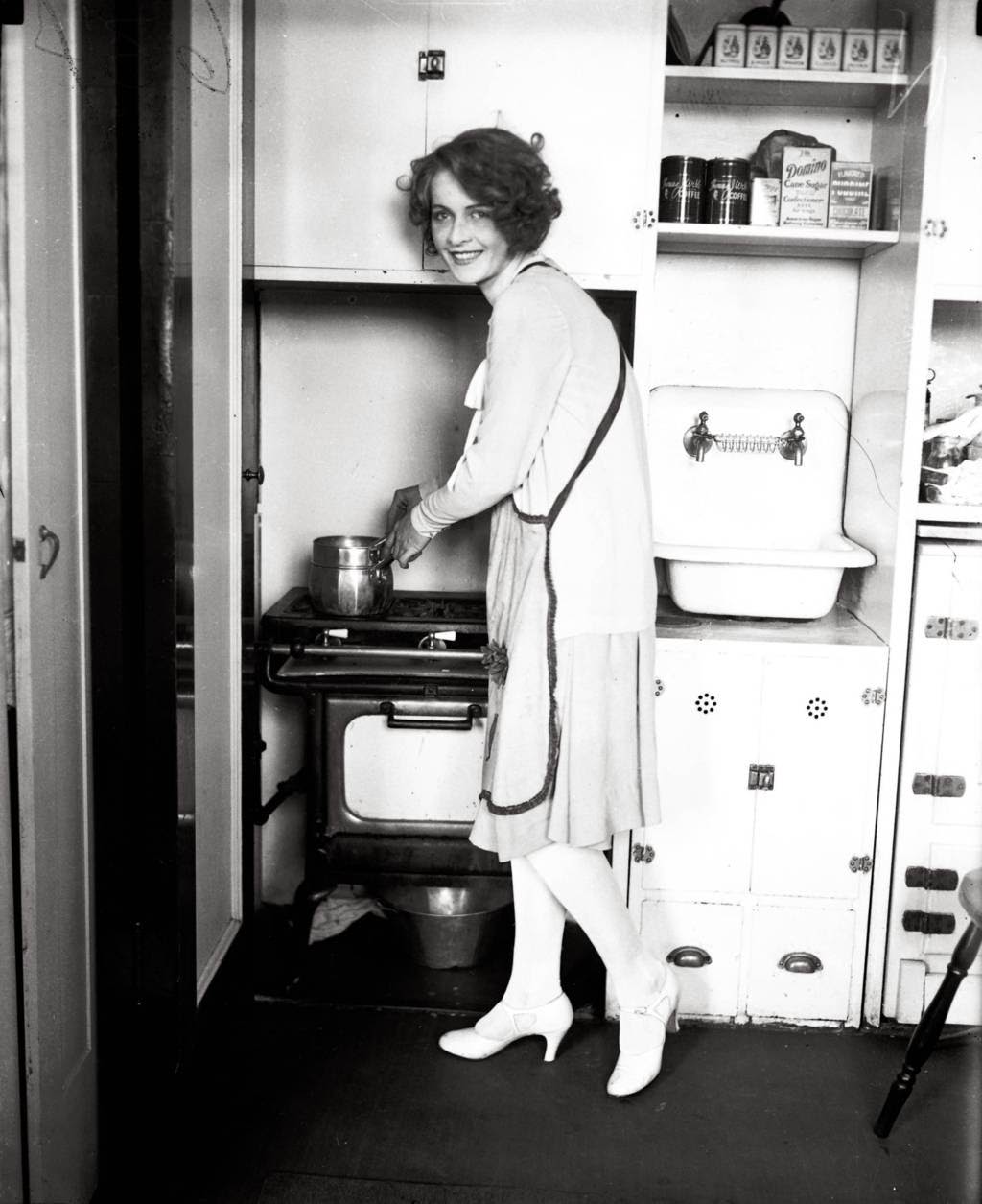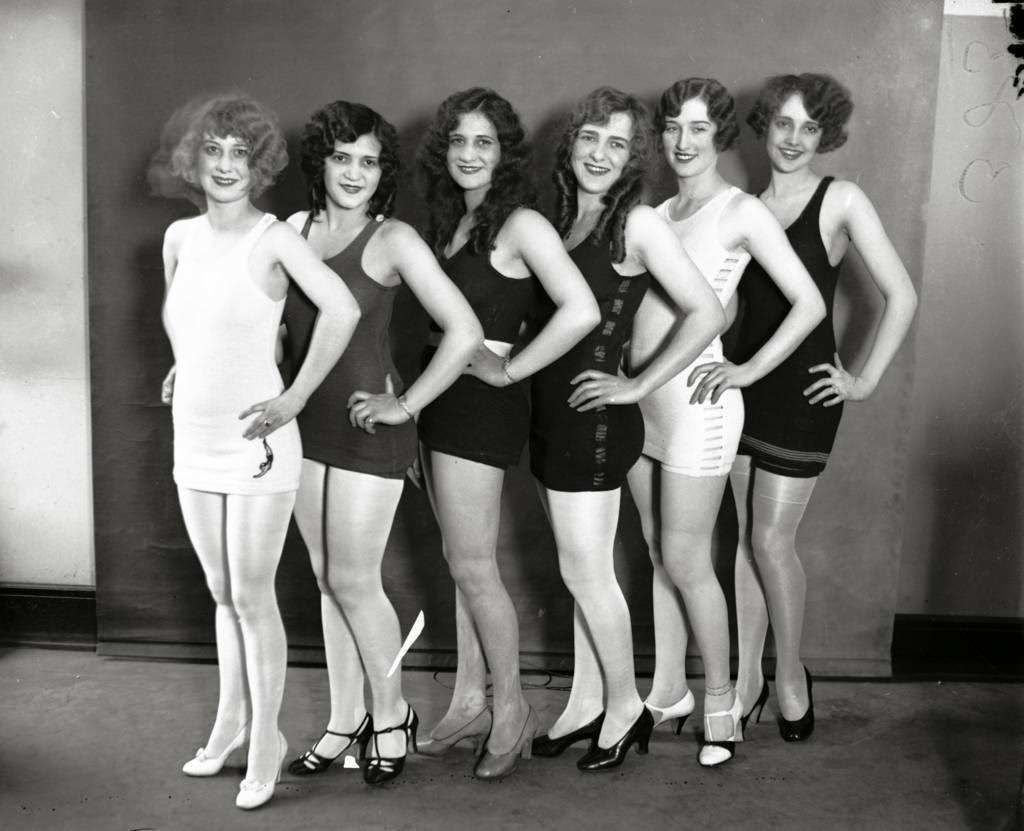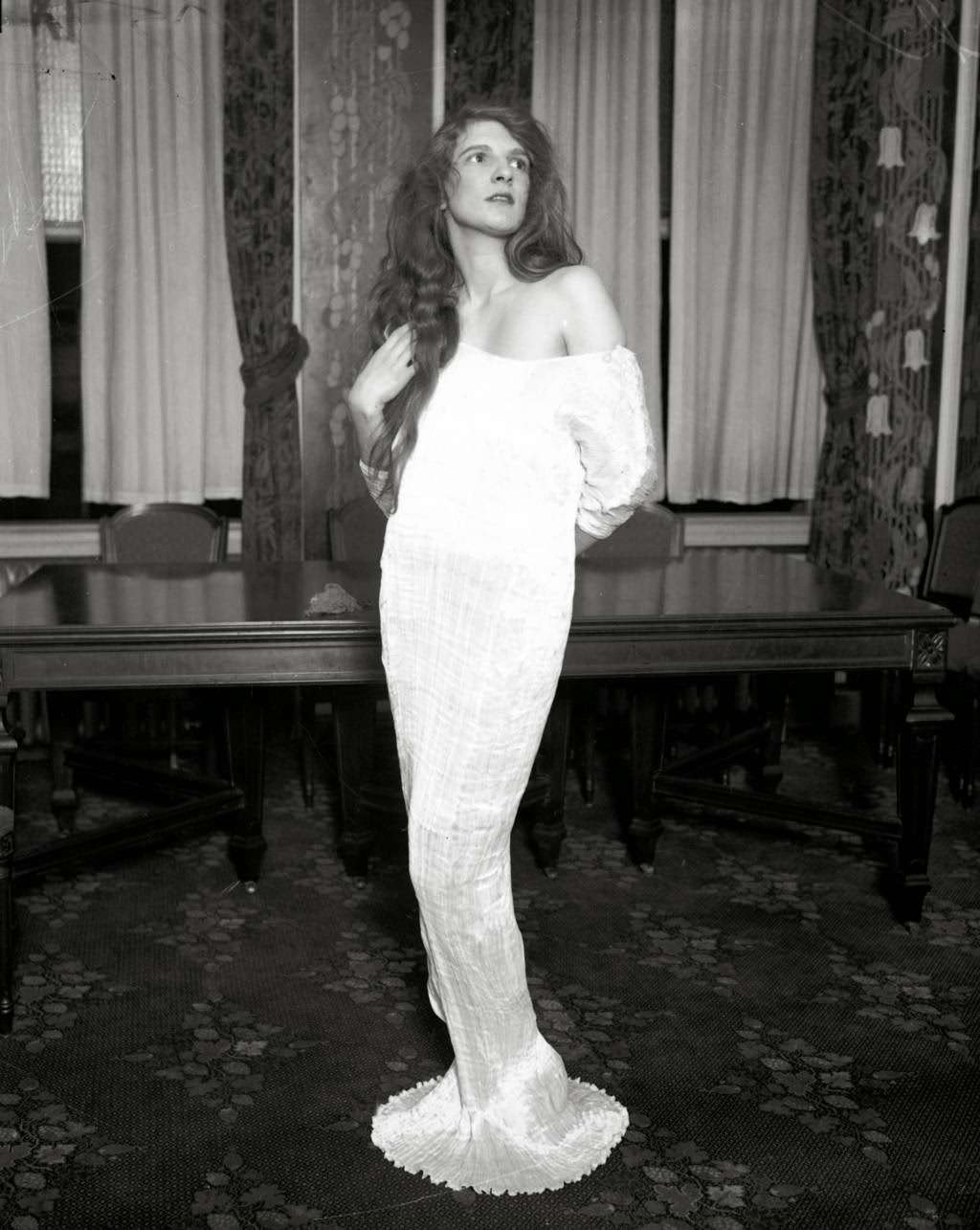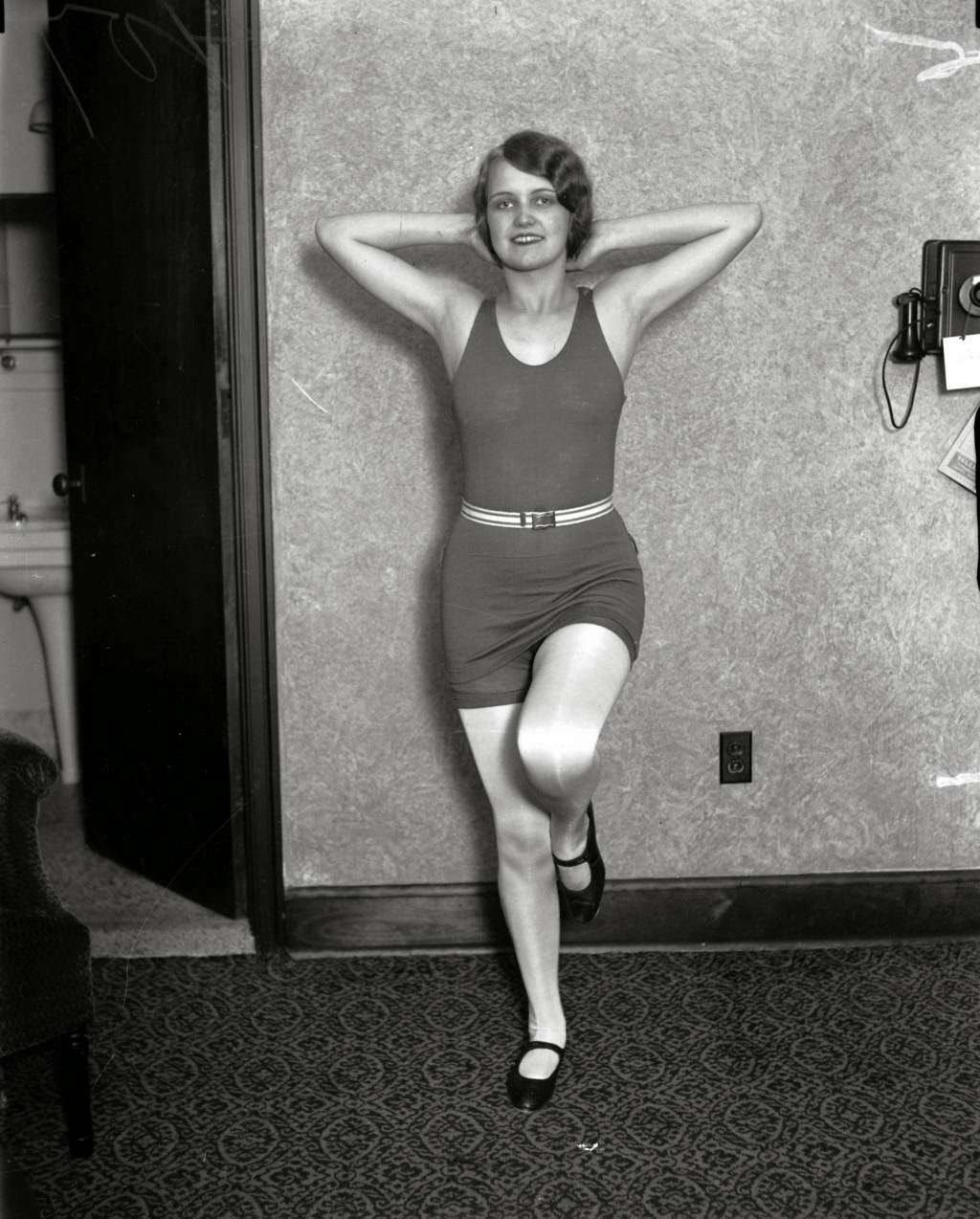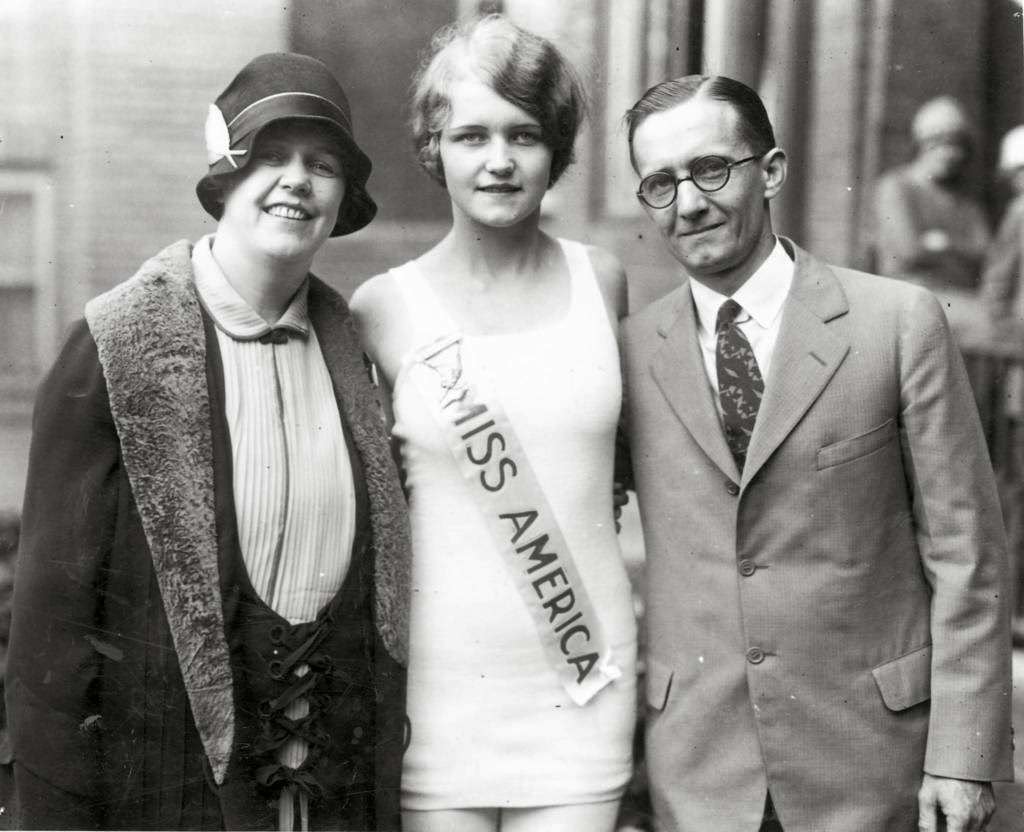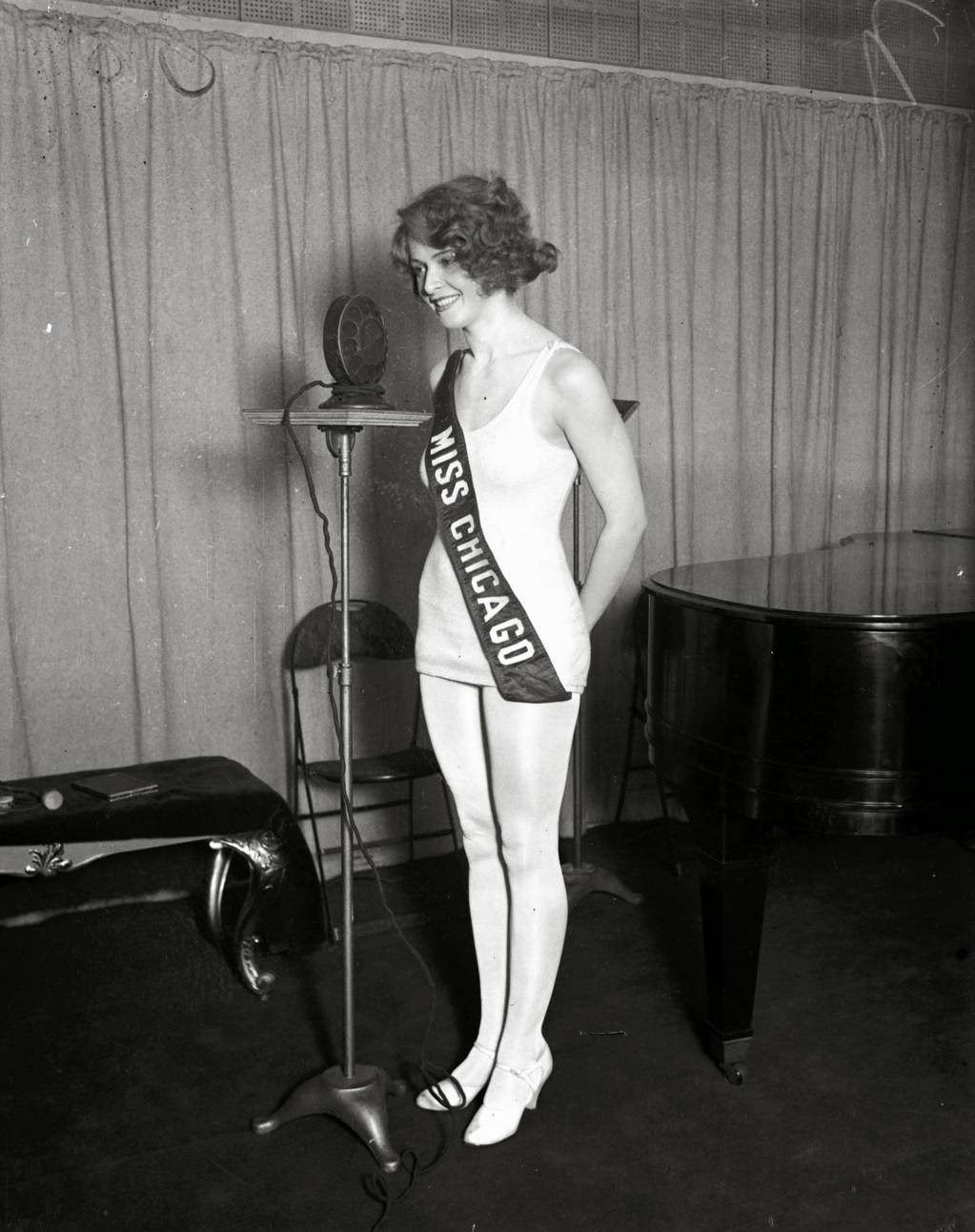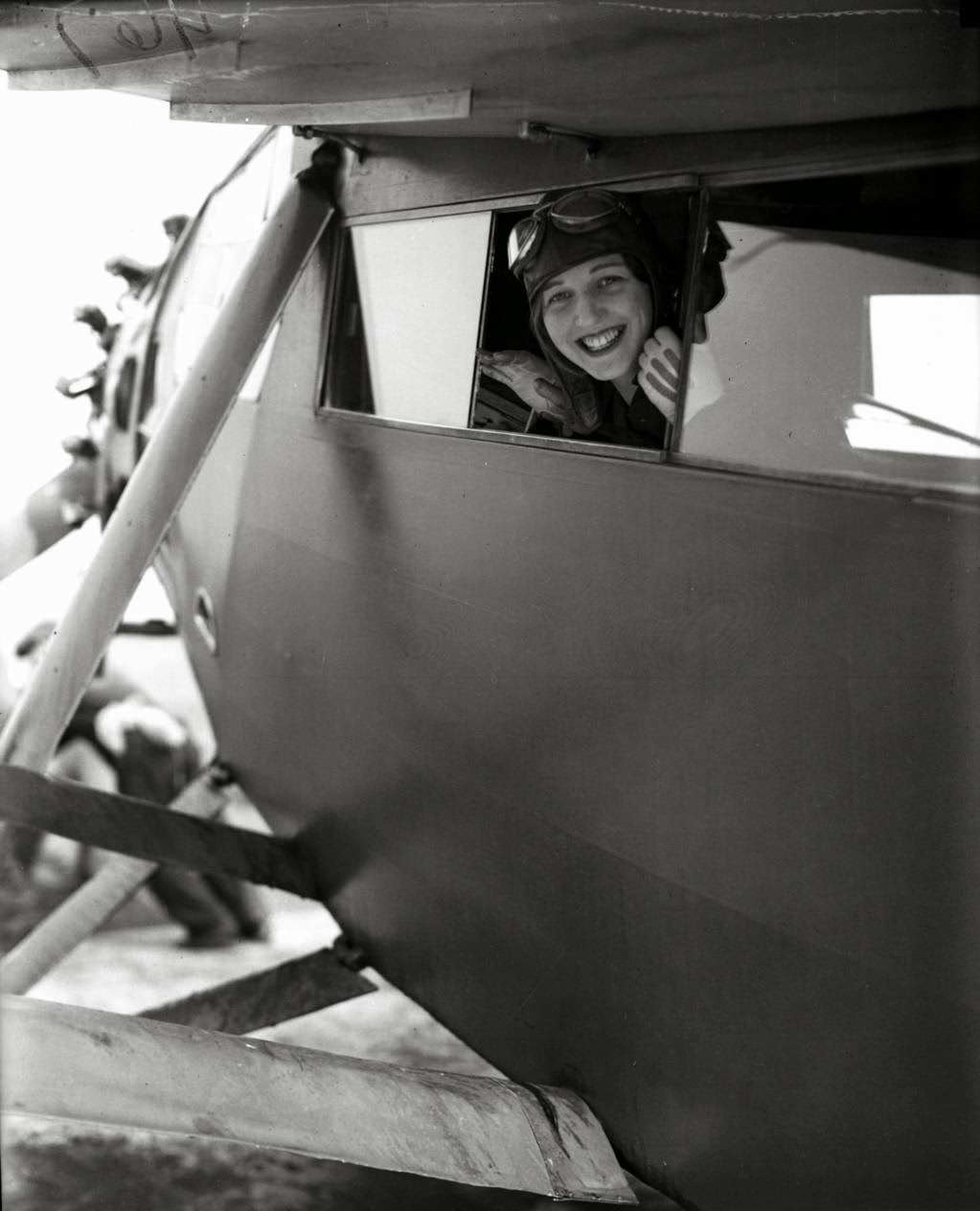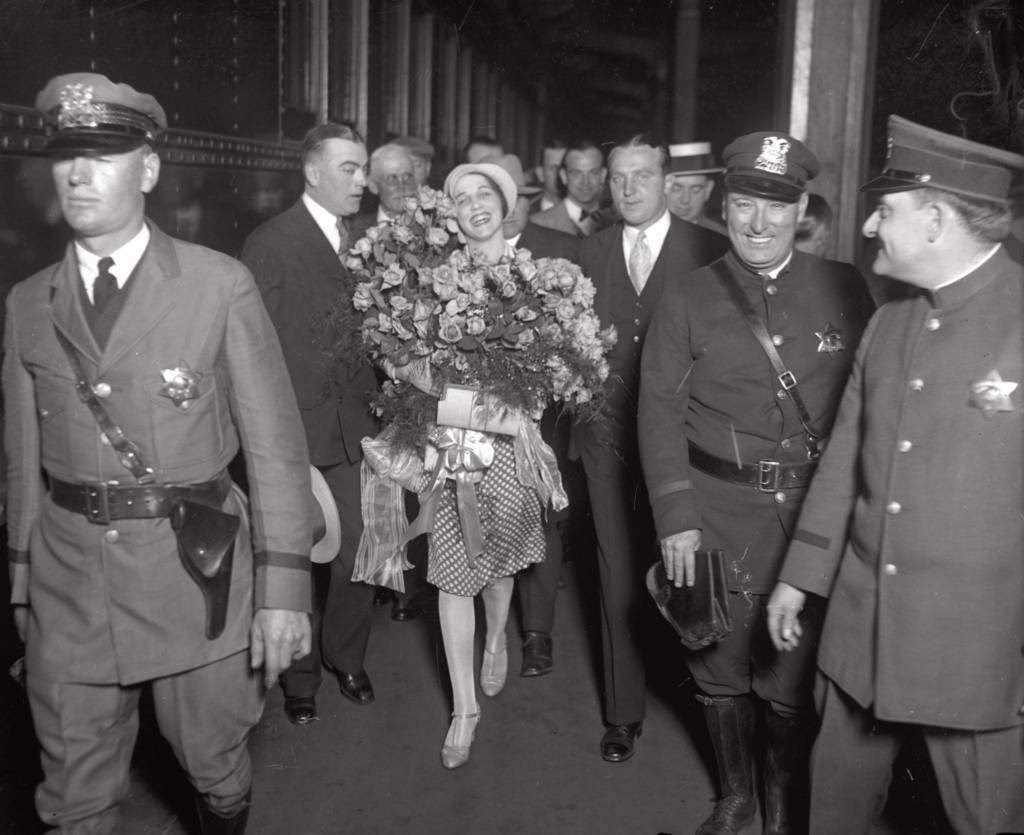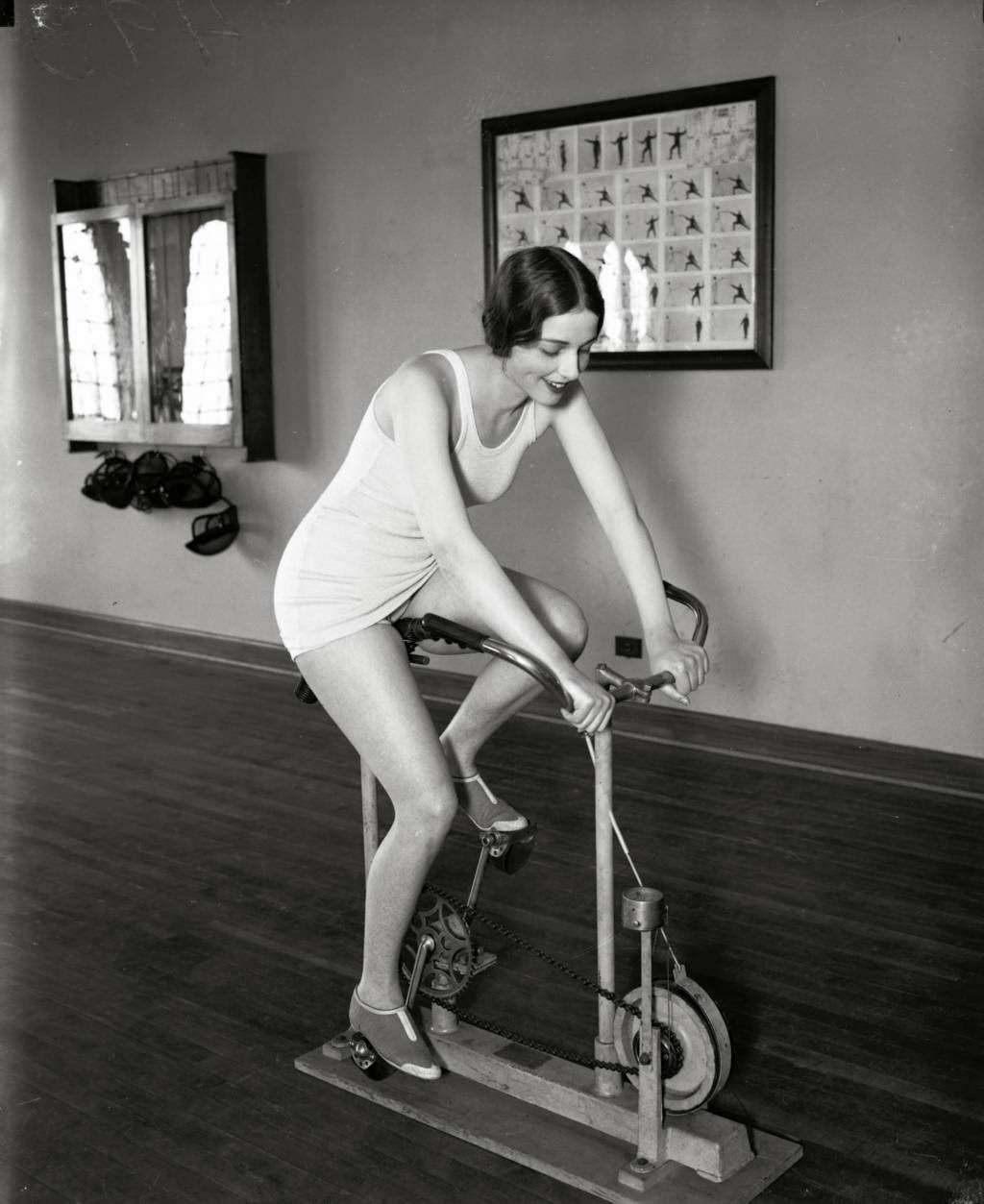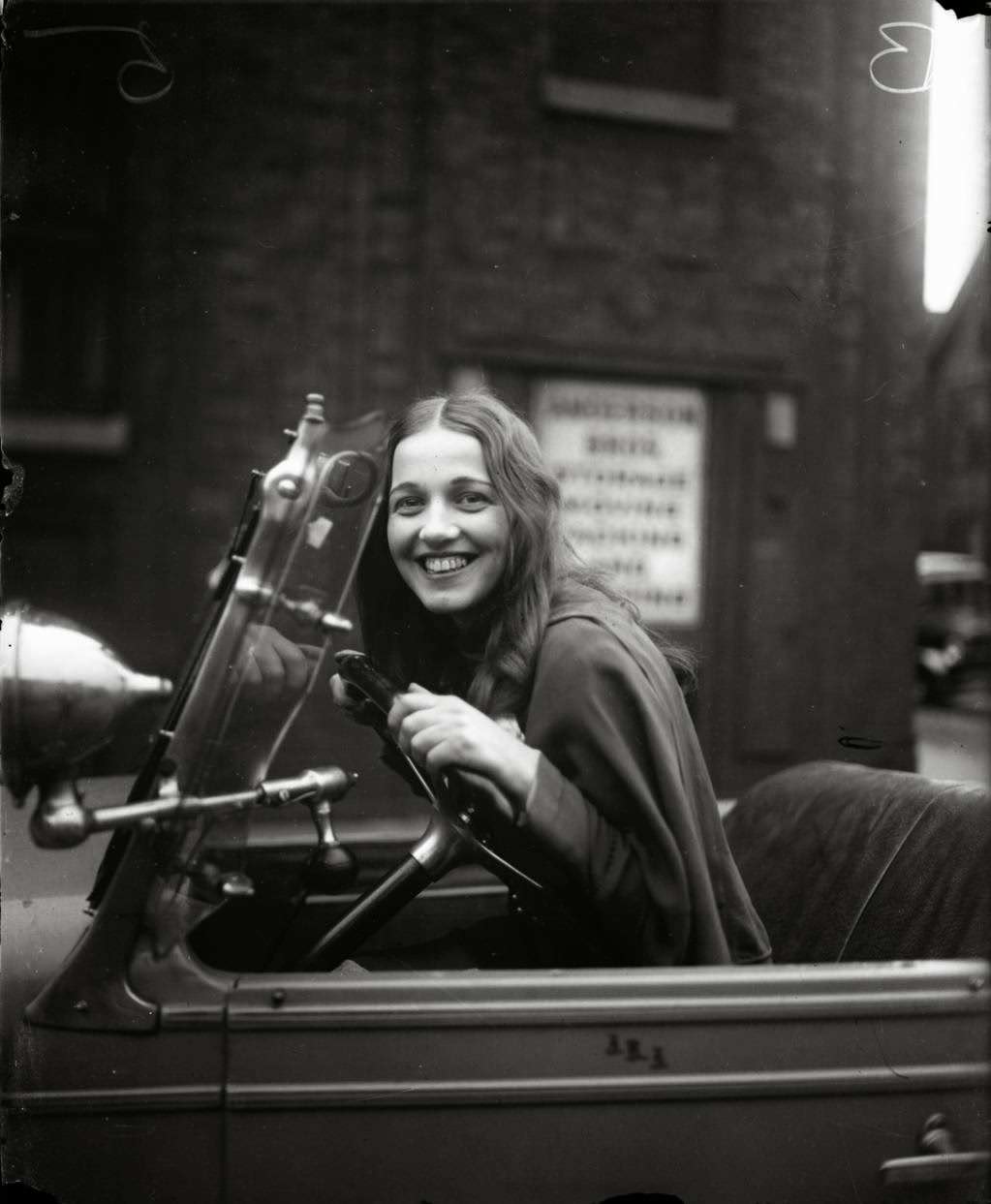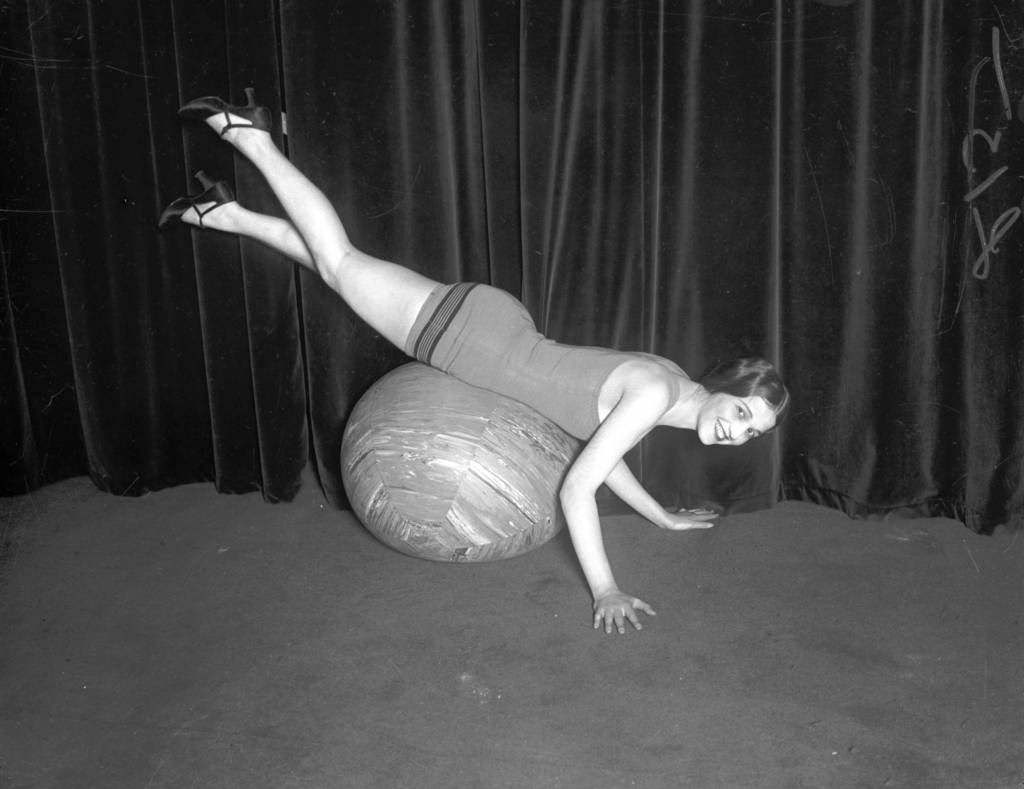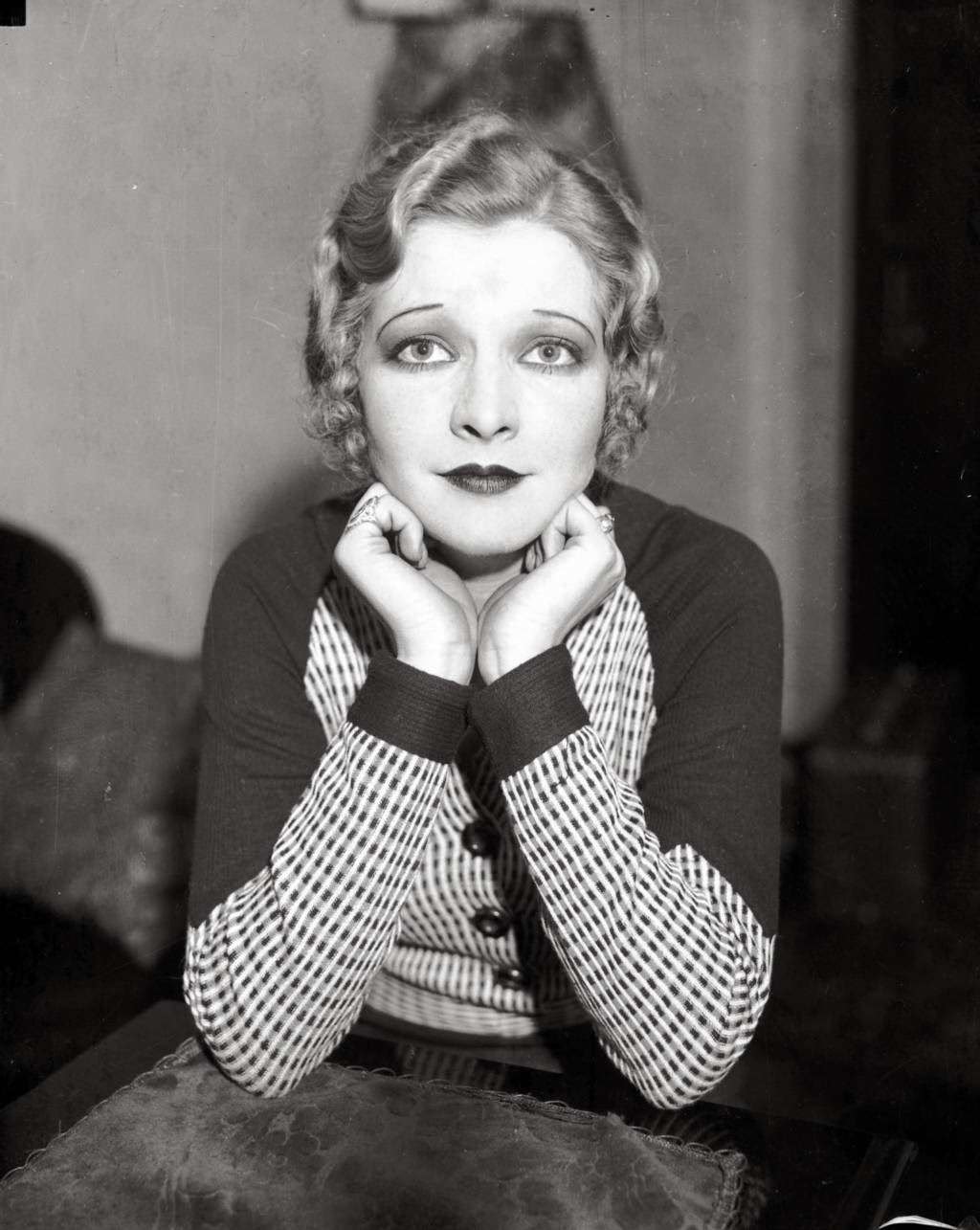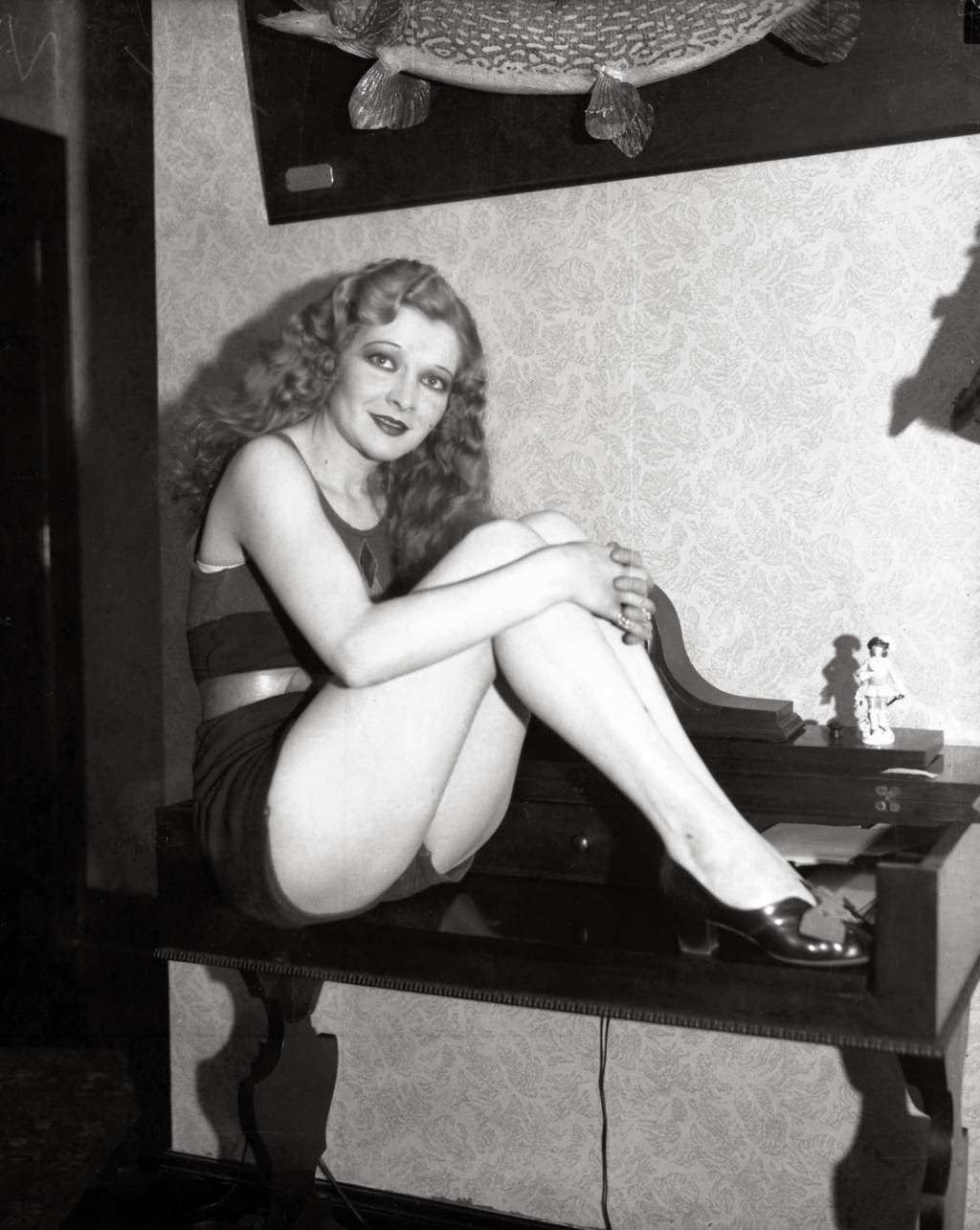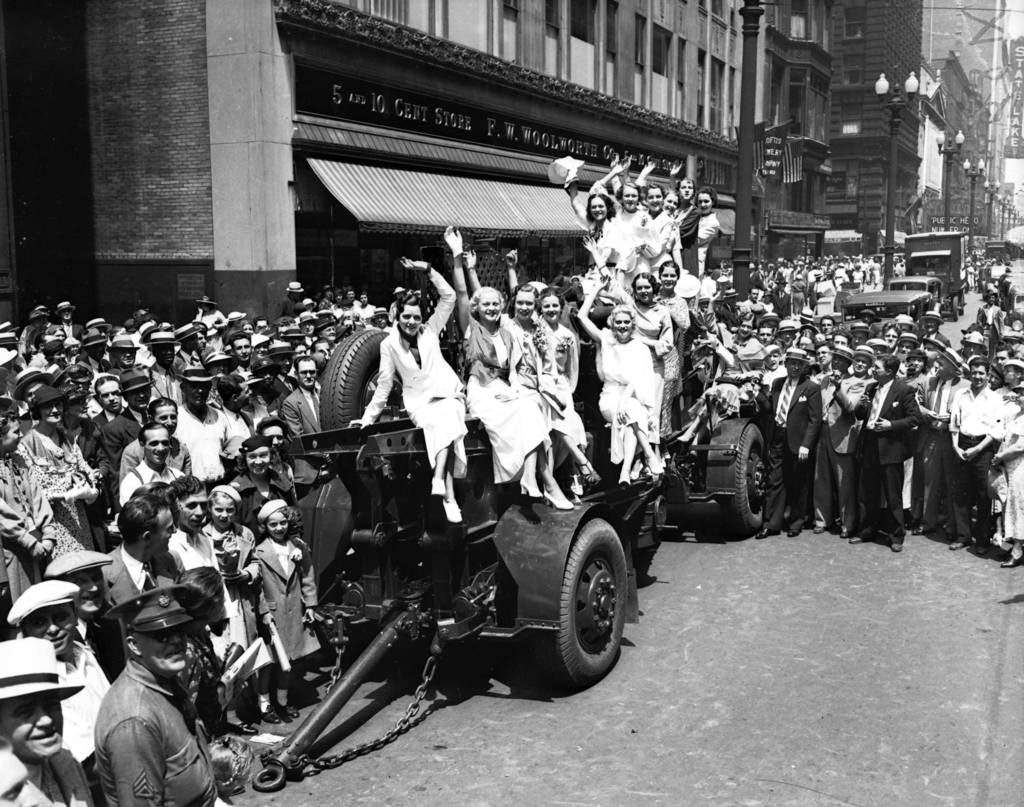The 1920s in Chicago, as in the rest of America, saw the rise of a new image for women. This was the era of the “flapper,” a style that broke away from the restrictive fashions of the past and embraced a more modern, liberated look. This new standard of beauty was celebrated in newspapers, on stages, and in the city’s newly established beauty contests.
The Flapper Silhouette and Style
The defining look of a 1920s Chicago beauty was the flapper silhouette. This style favored a straight, boyish figure over the curvy shape that was popular in previous decades. Dresses were designed with a drop waist, where the waistline of the garment sat at the hips rather than the natural waist, which de-emphasized curves and created a long, lean line. Hemlines rose significantly, reaching the knee by the middle of the decade, which allowed for greater freedom of movement for dancing styles like the Charleston.
Hair was a critical element of the look. The most fashionable style was the bob, a short haircut that could be worn straight, with waves, or in a tight, shingle cut at the nape of the neck. This short hair was often worn with a cloche hat, a close-fitting, bell-shaped hat that was pulled down low over the eyebrows. This style framed the face and drew attention to the eyes.
Read more
A New Face for a New Era
The popular makeup style of the 1920s was dramatic and distinct. Eyebrows were plucked thin and penciled in, often in a downward-curving arch. Eyes were heavily lined with dark kohl eyeliner to create a smoky, dramatic look. A key element was the “cupid’s bow” lip, where lipstick, typically in shades of deep red or maroon, was applied to create a small, sharp heart shape, emphasizing the peaks of the upper lip and the center of the lower lip. Pale, powdered skin provided a stark contrast to these dark eyes and lips.
The Rise of the Beauty Pageant
This new standard of beauty was put on public display in bathing beauty contests, which grew in popularity throughout the decade. Chicago launched its own Miss Chicago pageant in 1922, just one year after the first Miss America contest was held. These events provided a platform for young women to be recognized for their appearance and poise.
The swimsuits worn in these competitions were a key part of the modern look. They were a significant departure from the cumbersome, full-coverage bathing costumes of the past. Made of wool jersey, these one-piece suits were more form-fitting and allowed for more of the arms and legs to be exposed. They were still modest by today’s standards, but in the 1920s, they represented a bold step toward greater freedom in women’s swimwear. These contests, held in a bustling and modern city like Chicago, celebrated a new ideal of American beauty that was active, youthful, and independent.


